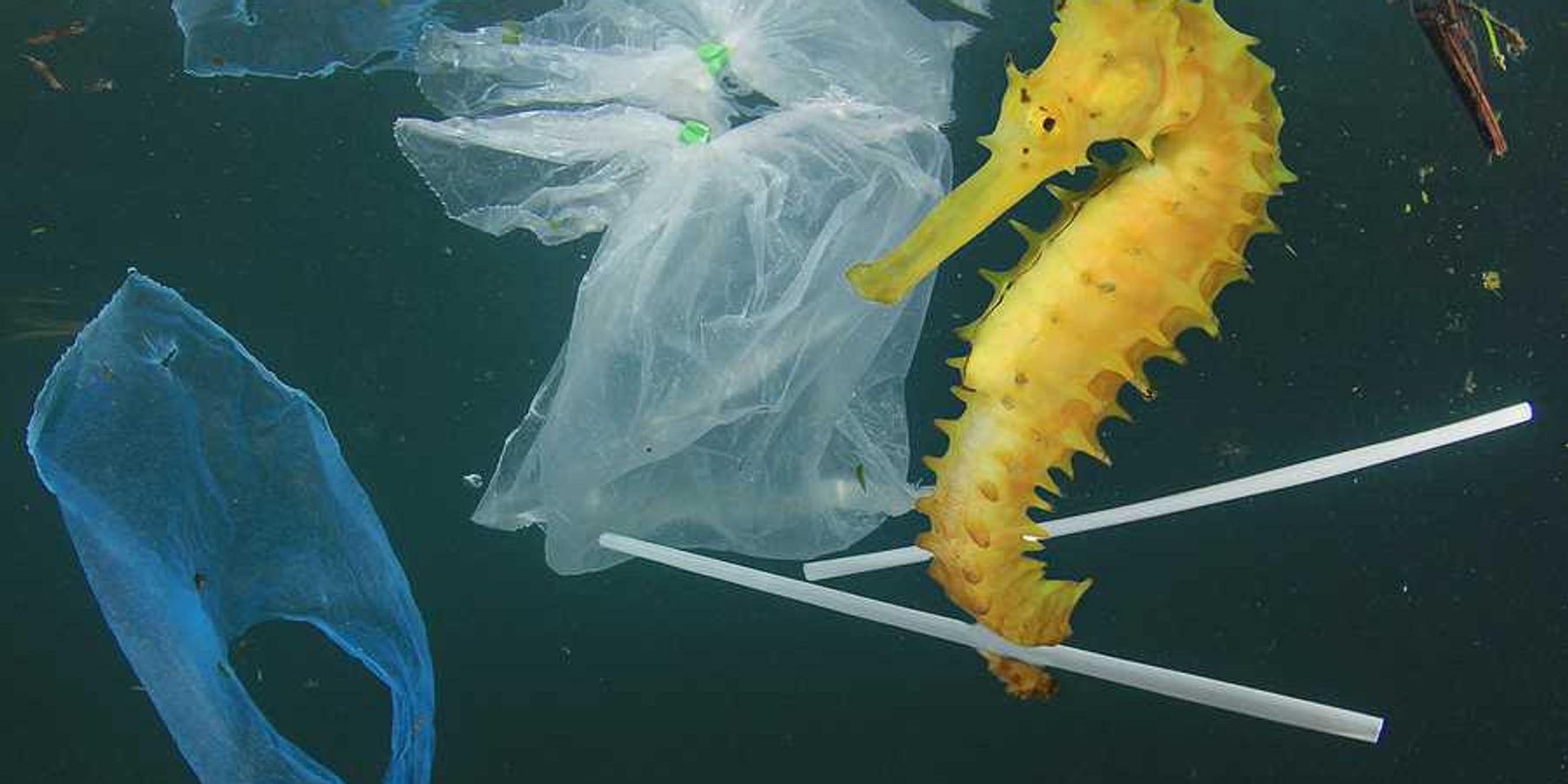stormwater runoff
A new approach to rainwater management: Amsterdam's blue-green roofs
Amsterdam is leading a global trend in smart, climate-adaptive rooftops that capture rainwater to reduce flooding and provide water for residents.
In short:
- Amsterdam has more than 45,000 square meters of blue-green roofs, designed to capture and store rainwater for later use.
- The blue-green roofs have layers that collect water for building residents to use for watering plants and flushing toilets.
- The Resilio project, using specialized software, is modeling the impact of these roofs to help predict and manage flooding.
Key quote:
“Our philosophy in the end is not that on every roof, everything is possible, but that on every roof, something is possible.”
— Kasper Spaan, policy developer for climate adaptation at Waternet
Why this matters:
As climate change increases the frequency and intensity of storms, innovative water management solutions like blue-green roofs can significantly reduce flooding while providing sustainable water resources to urban communities. Read more: Embracing rainwater through green infrastructure.
Heavy rain washed fire-related contaminants into the ocean off Lahaina. How bad is it?
'License to hide': Western plastic waste dumped in Myanmar
Chesapeake experts focus on solar power’s stormwater footprint
In a nutshell:
Solar panel coverage in Virginia has doubled in the past five years and shows no sign of slowing down. Along with that growth, legitimate concerns have surfaced regarding the permitting and regulating of site preparation beneath solar panels. Should solar farms be considered pervious or impervious? The panels themselves are clearly impervious to water but what lies below can be almost anything. The science is challenging, the politics are bedeviling and regulations are running behind. You might say it's a rapidly changing landscape.
Key quote:
“We are talking about one of the largest land use changes ever in Virginia in a short period of time.”
Big picture:
Stormwater management of solar installations should be approached as a critical element of their design and operation and follow clear, enforceable regulations for consistency. Effective stormwater strategy for solar farms, rather than being treated as an afterthought, should begin with site selection and preparation and continue as part of routine maintenance and monitoring. Proper stormwater management can minimize the impact on local ecosystems, reduce erosion, and contribute to a more sustainable energy infrastructure. Read the full story in the Chesapeake Bay Journal.
Chesapeake experts focus on solar power’s stormwater footprint
Rain dripping off solar panels can produce a unique type of runoff — one the scientific community is playing catch-up to quantify as the solar industry rapidly expands its footprint.
Microplastics, tiny pollutants plague Pennsylvania rivers, streams
Protecting the water while harvesting sunshine
Researchers say stormwater from solar fields needs careful management.









